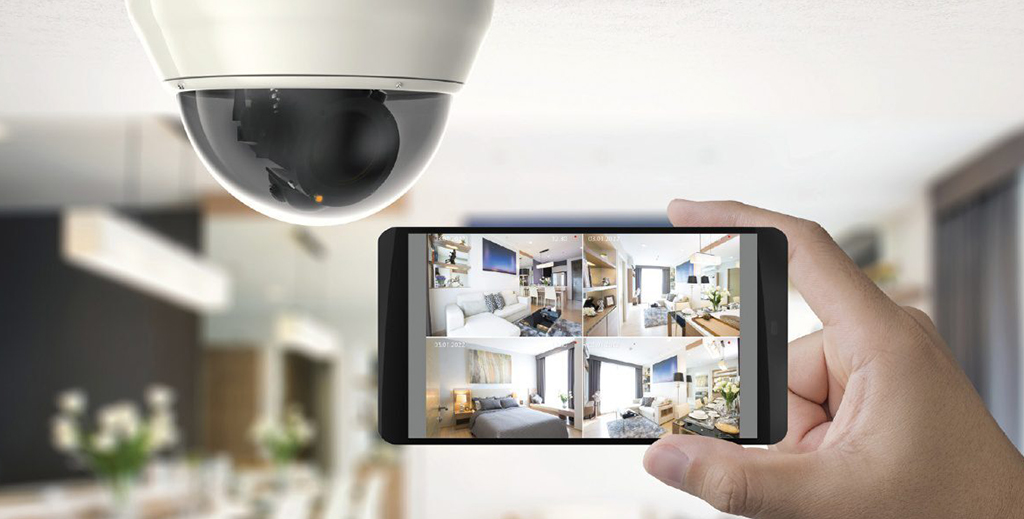
An IP camera, or internet protocol camera, is a form of digital security camera that utilizes an IP network to both receive and deliver video. This outlines the definition of what an IP camera is and how it is commonly used for surveillance. Unlike closed-circuit cameras, IP network cameras do not require a local storage device or a local network. IP-based cameras connect to the network in the same way that phones and computers do.
The working of network cameras
Coaxial video cables are needed to transport video from analogue and analogue-over-digital security cameras to a digital video recorder. This is the precise way an IP camera works. When it comes to IP-based cameras, they transmit footage over a wireless connection.
A high-definition IP camera may record video at a resolution of up to 16 megapixels. How an IP camera works is dependent on the model. Every IP network camera has a network chip that allows it to compress the video as it is being recorded. Well, this means that the higher the camera resolution, the more data the video recording contains.
It is not only about understanding what an IP camera is; there are some benefits to using it over CCTV cameras.
- Two-way audio A camera owner can listen to and speak to a subject via a speaker on the camera. A few doorbells offer this function.
- Better resolution: IP cameras have up to 4 times the resolution of analogue cameras.
- Remote access: an authorized user can view the live video footage from any tablet, smartphone, or computer.
- Fewer cables and wires: Power over Ethernet suppliers’ power through the Ethernet cable allows the camera to operate without a dedicated power supply.
At this juncture, we are aware of how an IP camera works. There are a few network options to choose from when setting up an IP camera.
A wireless network
A wireless modem transfers and receives data over a wireless network or WI-FI model. Phones, computers, and all device consoles are connected by WI-FI. So, understanding how a wireless IP camera works follows the same protocol. You need to be aware that the IP address needs to be static.
Wired network
This connects an IP camera via an Ethernet cable. Among the steps related to how a wireless IP camera works, this is the most important, as there is less chance of unauthorized access or signal interference. You can expect the fastest internet transmission speeds with Ethernet, as a wired connection is more efficient than Wi-Fi.
Cellular network
This is the most convenient option among the three, but it is also the slowest. In general, upload and download rates are faster with WI-FI Most IP cameras are equipped with a cellular transmitter out of the box, so set-up, installation, and connection are easy.
The points to consider before installing an IP camera
By now you have an idea of what an IP camera is. You need to ask your security provider the following questions:
- Is the IP camera system password-protected and secure?
- How secure is your wireless network?
The good news is that it is easy to secure an IP camera. It is not only about understanding what an IP camera is; you also need to check out two things. Firstly, you need to change the default login credentials for the camera. If you are not sure, check out the instruction manual for the camera. A security company can help you with this, as you would need to hire a company to install a security camera system.
Once the security camera and Wi-Fi are secure, you will be set. What is an IP camera? It sustains the fact that it is the most secure and is equipped with some modern modems.